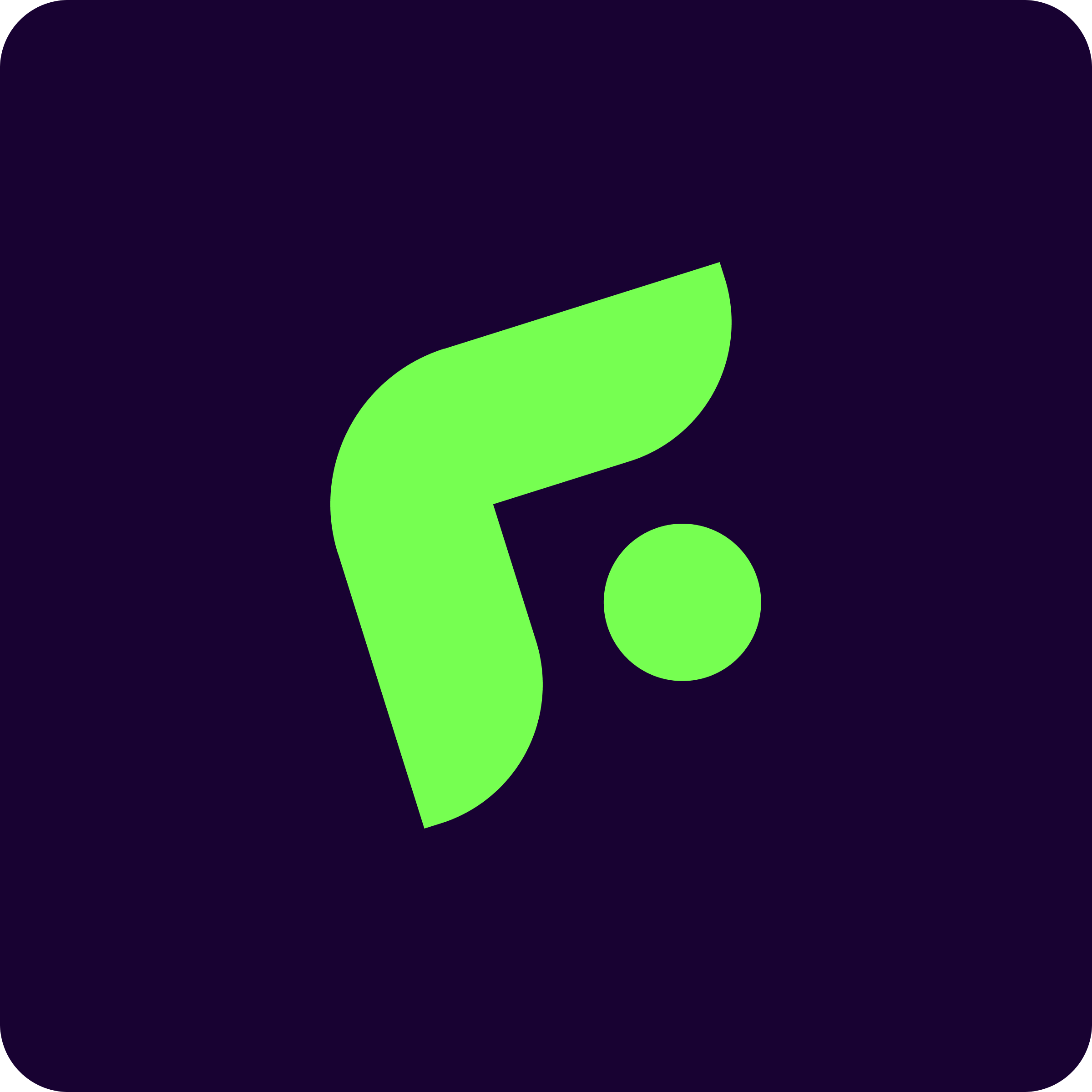If you’ve ever heard developers talk about “frontend” and “backend” — and then someone casually say they’re a “full-stack developer” — you might be wondering: What does that even mean?
As a non-technical founder, understanding full-stack development can help you hire better, communicate effectively with your dev team, and make smarter product decisions. This guide breaks it down in plain English.
🧱 What Is Full-Stack Development?
Full-stack development refers to the ability to build both the frontend (what users see) and the backend (what powers everything behind the scenes) of a web or mobile application.
Think of it like building a house:
- 🪟 Frontend is the interior design — what visitors see and interact with.
- ⚙️ Backend is the plumbing, wiring, and foundation — all the systems that make the house function.
- 🧰 Full-stack developers can do both.
🖥 Frontend (Client Side) Explained
The frontend is the part of your app or website users interact with — buttons, forms, dashboards, etc.
Common frontend tools:
- HTML, CSS, JavaScript – The basics
- React, Vue.js, Angular – Modern frameworks for building dynamic interfaces
- Bootstrap or Tailwind – For styling and layout
💡 If you’re building a SaaS dashboard or mobile app UI, that’s frontend territory.
🛠 Backend (Server Side) Explained
The backend is where the logic, data storage, and user management happen. It handles everything the user doesn’t see.
Common backend tools:
- Languages: PHP, Node.js, Python, Java
- Frameworks: Laravel (PHP), Express (Node.js), Django (Python)
- Databases: MySQL, PostgreSQL, MongoDB
- APIs: Used to communicate between frontend & backend
💡 If your app needs user logins, data processing, or payments, it needs a backend.
🔗 What Makes Someone a Full-Stack Developer?
A full-stack developer is skilled in both frontend and backend development. They’re capable of building a complete application from start to finish.
They understand:
- How to create user interfaces (frontend)
- How to connect to databases (backend)
- How to structure APIs and server-side logic
- How to deploy the application on cloud platforms
🧑💼 Why Founders Should Care
If you’re building a startup or digital product, knowing what full-stack means helps you:
- Hire smarter: You’ll know if you need a full-stack dev or a specialized team.
- Save cost early on: Full-stack developers are great for MVPs.
- Communicate better: You’ll speak your dev team’s language more confidently.
🆚 Full-Stack vs Specialized Developers
| Full-Stack Developer | Frontend Developer | Backend Developer | |
|---|---|---|---|
| Skills | Both frontend & backend | UI/UX & browser logic | Server, APIs, databases |
| Best for | MVPs, startups, small teams | Complex interfaces | Complex data systems |
| Drawback | May lack deep expertise in one area | Needs a backend dev | Needs a frontend dev |
🚀 When to Hire a Full-Stack Developer
- You’re building an MVP and need one person to handle it all
- You want to move quickly and iterate fast
- You don’t yet need a full dev team
🤝 How Seracode Can Help
At Seracode, we build full-stack web and mobile applications tailored to your business. Whether you’re launching a SaaS platform, LMS, or fintech tool, our expert developers handle everything — from sleek user interfaces to secure backend systems.
🔚 Conclusion
Full-stack development is like having a multi-skilled builder who can handle your entire product — front to back. For non-technical founders, understanding the basics helps you lead with clarity and confidence.
Got an idea? Let’s bring it to life — the full-stack way. Contact Seracode


Leave a Reply